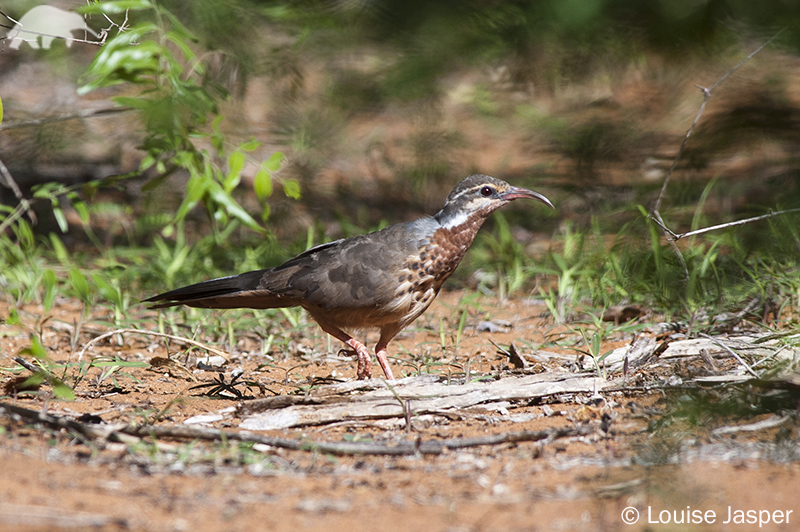About
The Subdesert Mesite is only found in a 200 km strip of dry, spiny forest in Madagascar called the Mikea forest, and it is only 30-40km wide.
This forest is unlike any in the world, consisting of many native plant species that are specially adapted to deal with drought, due to the erratic and low levels of rainfall. This species is the sole member of its genus, and this is part of a very small and distinctive family, the Mesitornthidae, which diverged from all other birds 16 million years ago during the Neogene period. This species’ is ground dwelling and they are very reluctant to fly, only doing so if threatened or to reach their nests or roosting sites. Other birds, such as flycatchers and drongos are known to follow mesites, picking off any insects they have flushed out. Unfortunately, there is high level of habitat loss here as clearance is occurring for maize and charcoal production and also local construction material. Predation from dogs and introduced rats is also a problem. The spiny forest of south-western Madagascar has been identified as a biogeographic region in the greatest need of additional reserves nationally. Potential conservation measures have recently been recommended for the area.
- Order: Mesitornithiformes
- Family: Mesitornithidae
- Population: 65,000-110,000
- Trend: decreasing
- Size: 32cm
EDGE Score
Distribution
The species found in the Mikea Forest of southwest Madagascar.
Habitat and Ecology
This species is found in dry areas of spiny, deciduous forest. This area has erratic and low levels of rainfall. These birds construct nests from bark and intertwined twigs, which are placed in bushes a few metres above the ground. They breed all year round, but tend to nest between November and January. They forage for arthropods, fruits and seeds.
